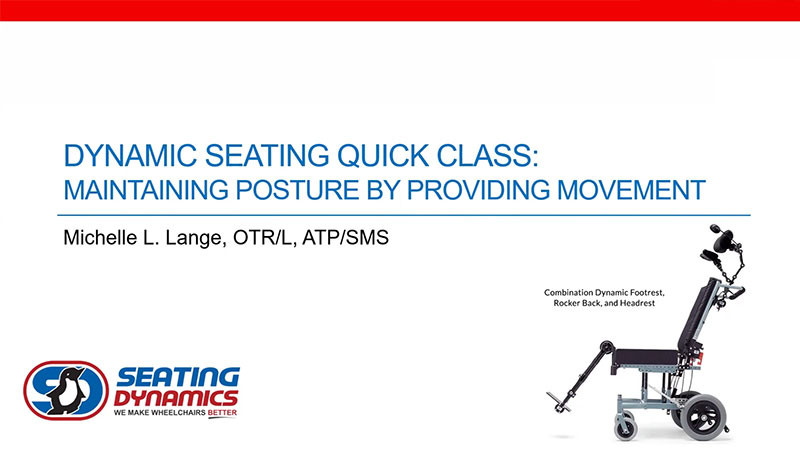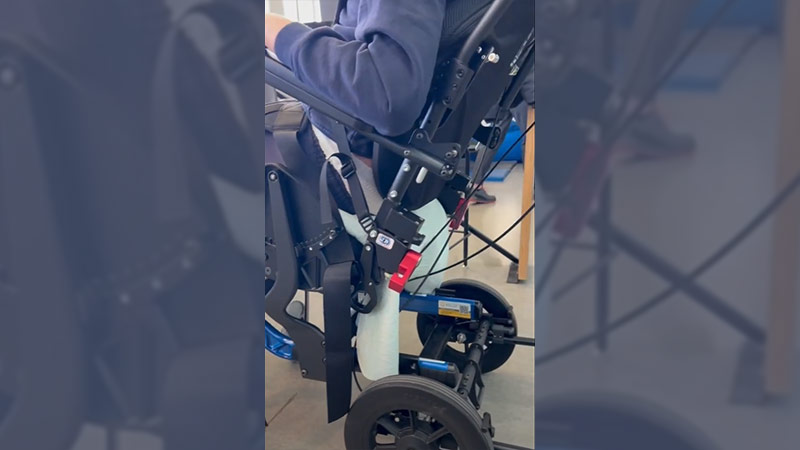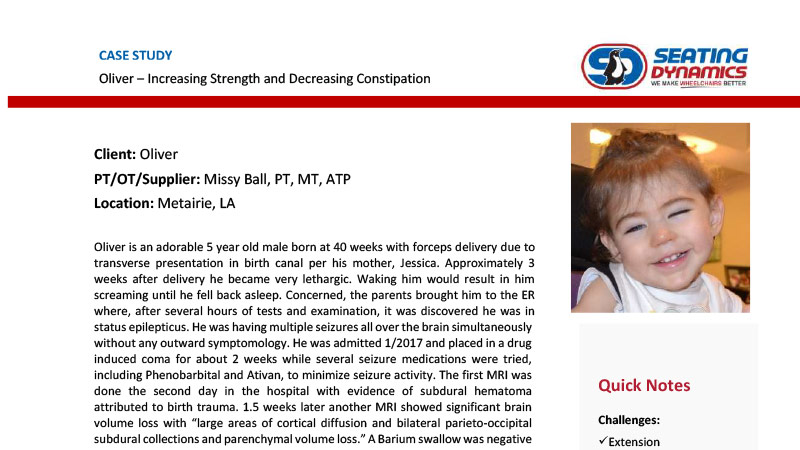The Original Dynamic Rocker Back Interface (DRBi)
With nearly 20 years invested in its development, testing and improvement, the Original Seating Dynamics Rocker Back Interface is your best choice for high quality, durability and affordability for Dynamic Seating at the Back.
Our Dynamic Back is installed between the seat and the back of a wheelchair and provides movement of the back to absorb forces and assist the client back to upright. This movement can protect both the client from injury and the seating system and mobility base from breakage. This movement can also reduce active extension, maintain posture, and provide movement to reduce agitation, increase alertness, and provide sensory input. Movement can also facilitate functional activities. Finally, movement against resistance in a limited range can increase trunk and head control.
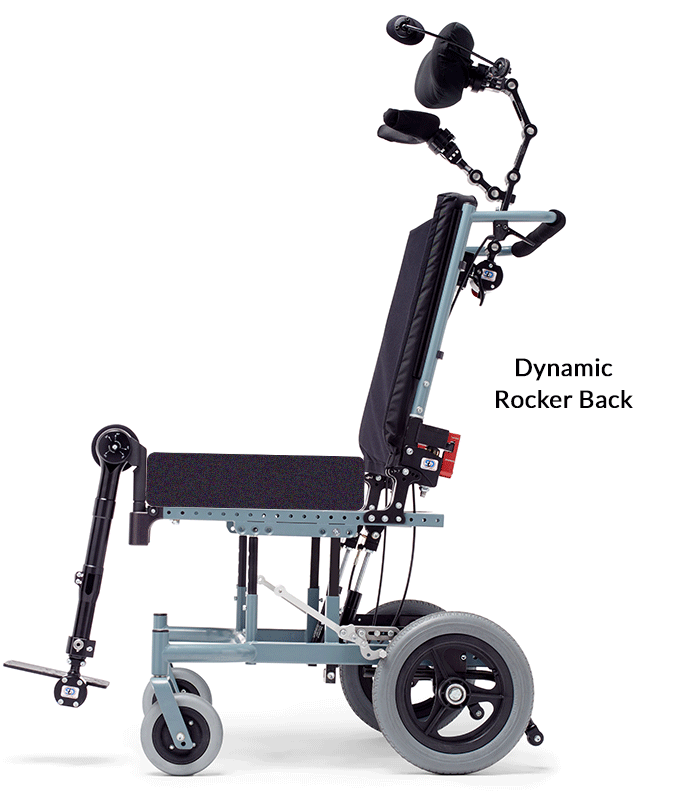
Clinical Application of Dynamic Back
The Original Dynamic Rocker Back moves posteriorly in response to client force and assists the client back to an upright starting position.
How does the ability to move affect equipment and the client?
- Forces are absorbed and diffused, protecting both the client and the wheelchair frame and seating system from harm.
- Extensor tone is diffused, reducing overall tone and posturing, increasing function, and conserving energy.
- Movement is provided, which can increase sitting tolerance, decrease agitation, increase alertness, and even increase trunk control.
Benefits of Dynamic Rocker Back (DRBi)
Explore the Original Dynamic Rocker Back Interface
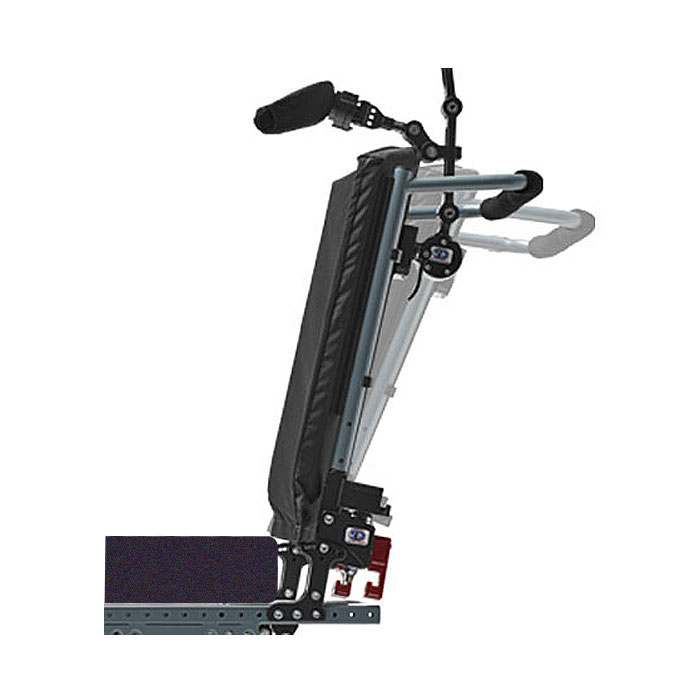
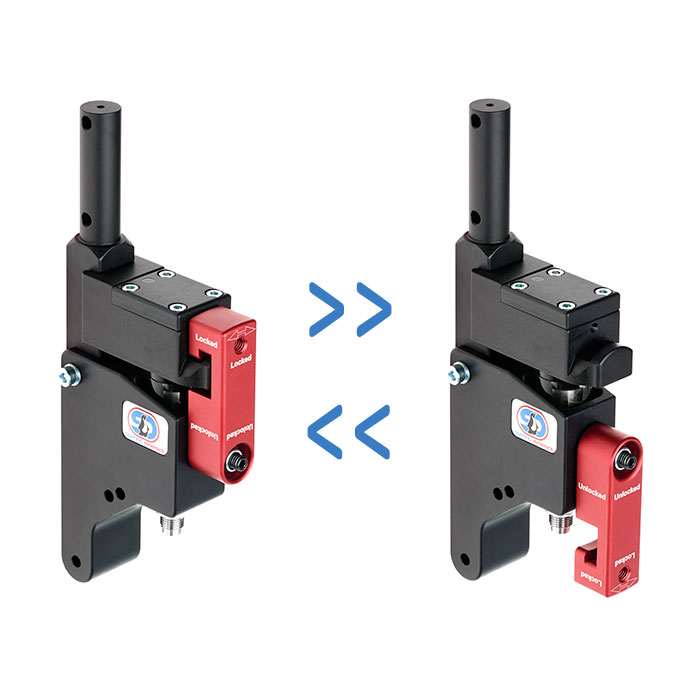
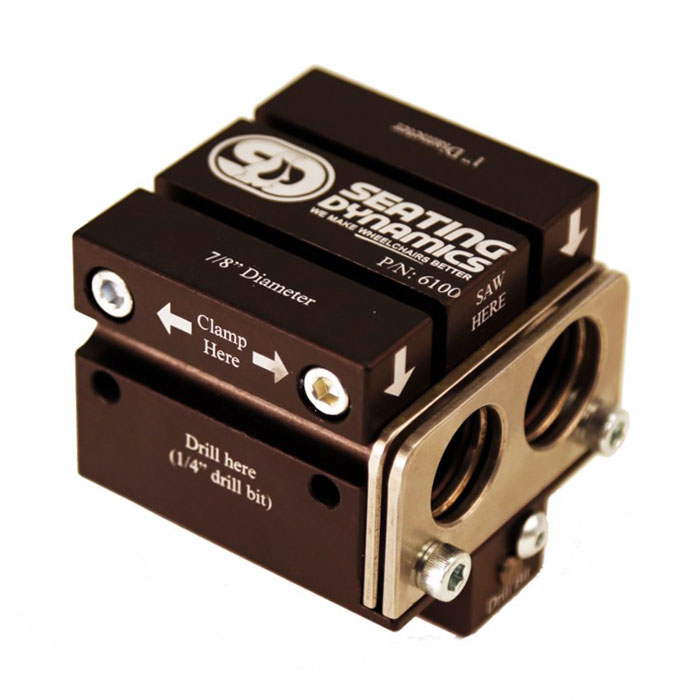
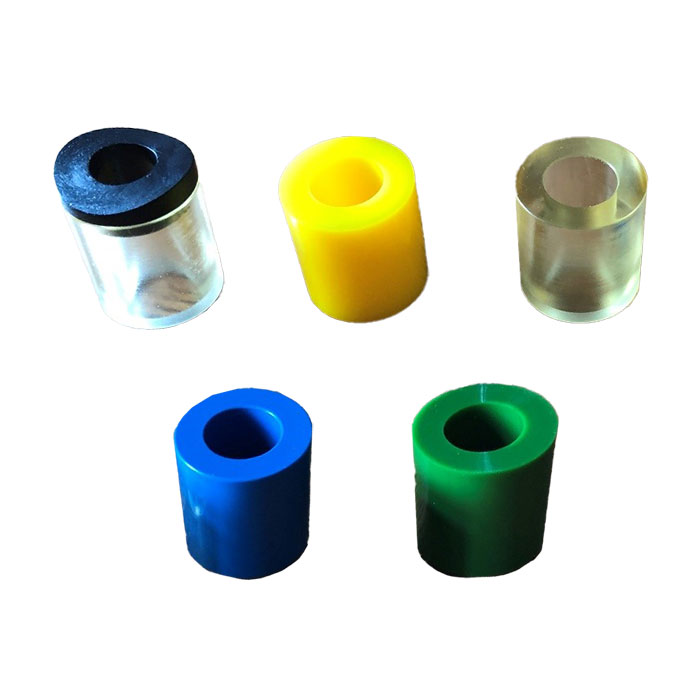
In Their Words
Jace Goh, OT
“Darcy loves his new chair! He enjoys being able to move around and be able to leave the house frequently with carers, which he did only occasionally previously due to safety concerns and poor tolerance in his own chair.”
Missy Ball, PT, MT, ATP
PhysioBall Therapy, LLC
Metairie, LA
“Seating Dynamics has excellent dynamic products that are compatible with many frames. In my experience, the dynamic back and footrests have prevented frame damage, allowed for extension of the client but with return of pelvis to effective sitting posture, reduced pressures on back, buttock and foot area, and reduced agitation on clients with SI issues. Dynamic motion has also reduced constipation issues on one of my clients.”
Macara McGregor
St. Amant, Winnipeg, Manitoba
“Great products! I work with kids and adults with developmental disabilities. I’ve had lots of success with their dynamic rocker back interface to address high extensor tone, as well as rocking behavior!”
Watch Me Move

Phillip receives his Seating Dynamics components!
Phillip likes to move, but his current dynamic back was broken and his wheelchair did not incorporate other dynamic components. His forceful movements led to significant wheelchair damage.

Determining if a Dynamic Back is Appropriate
In general, if a client has moderate to significant hip extension, is seeking movement, and/or has a history of equipment breakage, a Dynamic Back may be appropriate. How do you determine if this intervention is appropriate without actually trying it?
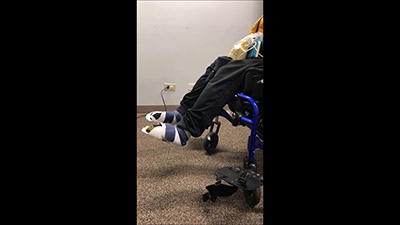
Dynamic Rocker Back interface demonstration
This video demonstrates how the elastomer is compressed, absorbing forces, and then returns the back to upright.
Dynamic Back Technical Information
The Dynamic Rocker Back interface is two self-contained suspension assemblies installed between each of the seat rails and the back canes of a wheelchair. The design incorporates both impact and rebound control using urethane elastomers. Each unit ships with a full set of four different elastomers to allow fine tuning to the individual user’s requirements.
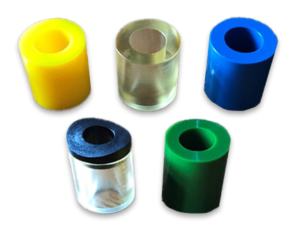 Resistance
Resistance
The back is available with 4 different levels of resistance – the client should be able to move the back, yet still return to upright.
For written instructions on changing the elastomers, click here.
Pivot Point
The pivot point is such that the position of the pelvis is maintained upon return to upright.
Latch
The back can be latched to lock out this movement. It is our recommendation that the latch plate be in the UNLOCKED position at all times with several exceptions:
- When the wheelchair is being transported in a vehicle.
- When the wheelchair is being pushed by an attendant on a rough surface to reduce the risk of inducing spasms due to movement of the wheelchair.
- Some caregivers report that it has been helpful to latch the DRBi during feeding.
Degree of Movement
The seat to back angle opens approximately 10-15 degrees. This amount of movement leads to a minimal amount of shear, allowing the client to remain in alignment with the contours of the back.
Maintenance
The elastomers should be checked every 6 months for wear and tear. A replacement kit is available. If the optimal level of resistance has already been determined, it is possible to order a replacement kit containing all one color, or level of resistance. Please refer to our Quick Class on this subject here: https://www.seatingdynamics.com/2021/02/08/quick-class-dynamic-seating-maintenance/
For written instructions on changing the elastomers, click here.
Connect with Seating Dynamics
Dynamic Rocker Back Resources
Quick Class: Maintaining Posture in a Wheelchair by Providing Movement with Dynamic Seating
Explore why clients lose their posture in a wheelchair & how Dynamic Seating can help.
Read MoreThe Dynamic Rocker Back interface and Sufficient Resistance
In this video, this client rocks with such force that the Dynamic Rocker Back elastomer compresses completely and the metal above and below touch. We need more resistance!
Read MoreOliver – Increasing Strength and Decreasing Constipation
Oliver is an adorable 5 year old male born at 40 weeks with forceps delivery due to transverse presentation. Several weeks after birth, he was diagnosed with epilepsy, spastic quadriplegia, cortical vision impairment, and hypothyroidism.
Read MoreADDITIONAL OPTIONS for product users
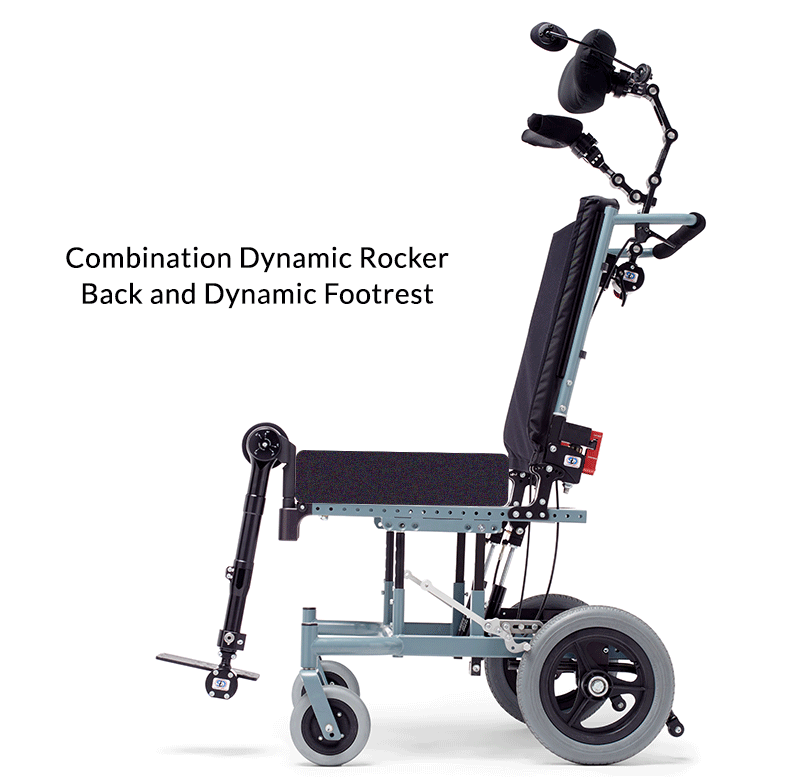
Combined Dynamic Back & Foot Components


